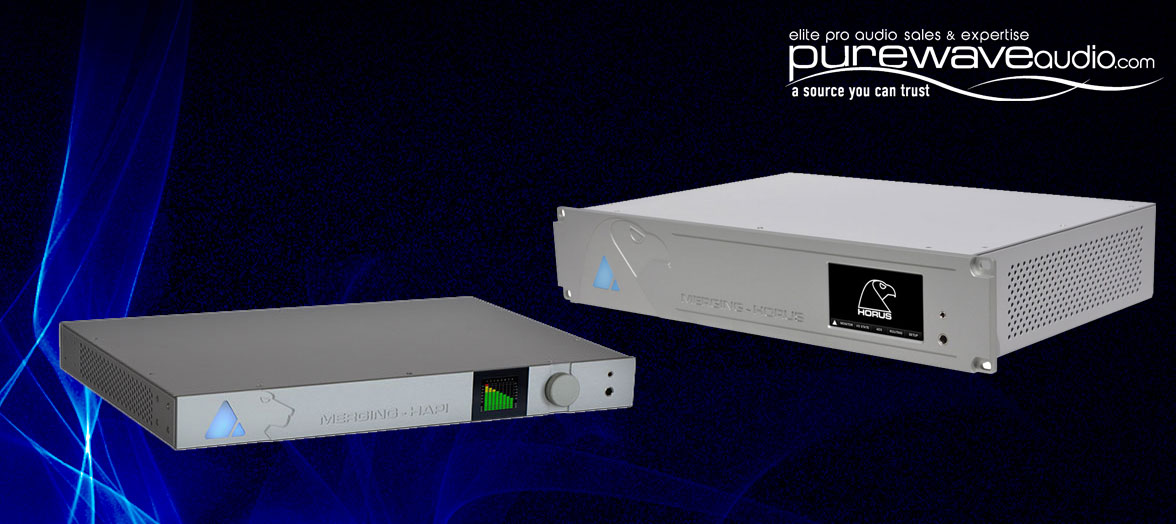Beware of Color in your AD/DA converters
Posted by Jim Pavett on 6th Oct 2023

Converter quality can be a hot topic among recording enthusiast. Does it make a difference? Well sure it does. It is part of your signal chain and should definitely be well thought out before making a purchase. Is it the end of the world if you do not have the “best” converter on the market? Well of course not, besides what does “best” really mean when every company touts having the best. You can probably make a great recording with just about any pro-level converter you choose. However BEWARE of COLOR. Color means a converter is not trying to be true to the original source. I.e. it might have a bump in the low end or a more sweeten sound instead of converting in a pristine way. Of all the converters I have tested that have A/D and D/A in the same box, the A/D & D/A have similar sound character. I believe that having colored converters on your digital to analog side should be avoided as much as possible when you are using them for playback, mixing and mastering.
Why is this? Having color on your D/A (output side) means that you will never hear the actual product you are making exactly the way it will be exported or distributed. What you hear after the colored D/A is not what the final audio sounds like in the DAW system/ final audio file. It has one more pass of color on it, like a “generation” on the old tape deck. This happens because a mix being sent to the hard drive is likely bypassing the output of the converter. Even if you send a mix out through your converters, you would have to bring it back in the A/D converters and are again you can only monitor though the colored converter (a total of three passes of Color from where you started – Out and in both recorded and a virtual D/A for listening). This is why I stand behind having pristine uncolored D/A converters. It effectively eliminates this cyclical problem and allows you to hear as close as possible to what will be on the output your client will listen to. This is in large part why Mastering engineers choose converters like those manufactured by Lynx and Merging Technologies. This way they are sure to be hearing the closest most accurate representation possible of the actual digital file being processed.
Now, if you really like the sound of a colored converter and this you believe this is a part of what makes your recordings unique, consider using colored converters only on your A/D side and use cleaner more pristine converters on your D/A side. This will help you hear the final results accurately while getting your colored sound on the front end. Converters made by Apogee, Universal Audio and Burl would be considered examples colored converters while Lynx, Merging Technologies, and SSL are considered pristine converters.

